What we drink in America has evolved over the years. The favorite wine of our Founding Fathers was the fortified Portuguese kind called Madeira (see below), still very much around but not often seen on dining tables these days. Other than whiskey, a spirit that was much appreciated back in their era was apple brandy, or applejack, today a marginal beverage at best.
These days, Americans are drinking things like Aperol spritzes (an Italian aperitivo mixed with soda water), Ranch Water (blanco tequila with Topo Chico or some other sparkling water and lime), and, when it comes to wine, plenty of Pinot Grigio, Moscato, and rosé.
What does our immediate drinking future hold? Southern Glazer’s Wine & Spirits, which the trade journal WineBusiness calls “the world’s preeminent distributor of beverage alcohol,” recently attempted to answer that question, with some educated prognostications about what we’ll be drinking (or drinking more of) in the 12 months to come.
Southern Glazer’s shared their report, called “Breaking Down 2020 Beverage Trends & What’s Behind Them,” with 24/7 Tempo. (Unless directly attributed to Southern Glazer’s, the comments below are ours.)
To come up with their list of 10 wine and spirits trends, the company assembled a group of their executives, sommeliers, and mixologists, choosing trends that were “shaped by things our experts saw circulating across the country at restaurants and bars in 2023, as well as consumer’s own preferences and interests.” (By the way, these are 18 things you should never do in a bar.)
Trends express themselves, Southern Glazer’s notes, not only through wine and spirits professionals but through social media influencers, TV reality shows (like “Drink Masters” and “The Ultimate Mixologist”), and pop culture references, including those in songs. (For notes on trends in things to eat, these are the biggest food fads of the 21st century.)
The company adds: “[T]here continues to be a real interest in authenticity, or knowing more about the brands [consumers] drink, with smaller, family-owned craft spirits and unique grapes piquing their interest.”
Here are 10 hot wine and spirits trends for 2024:
Bubbly cocktails
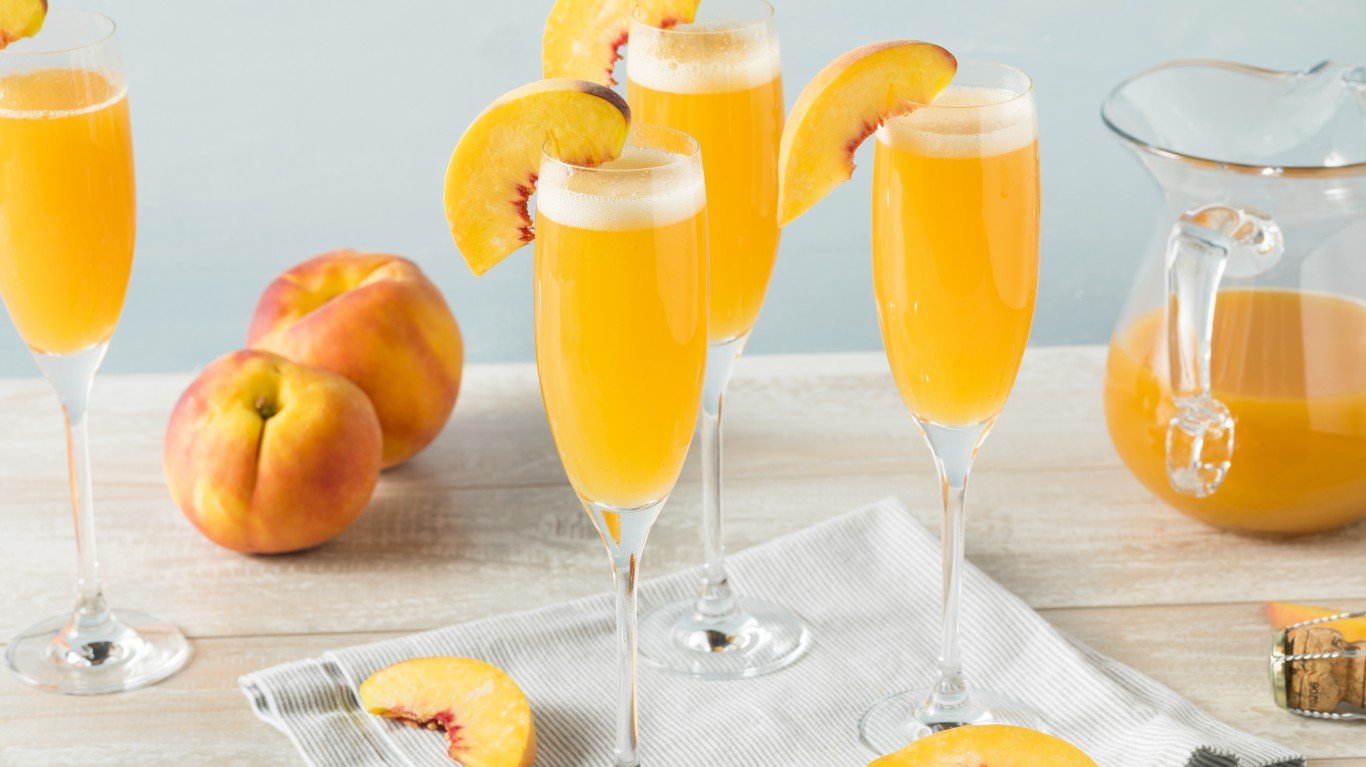
The Bellini, one of the most popular bubbly cocktails.
Both club soda and Champagne (and other sparkling wines) have long been the basis of numerous classic cocktails. Sparklers go into such drinks as the Bellini (with peach nectar), the Mimosa (with orange juice), and the French 75 (with gin), while club soda features not just in highballs but in things like the Tom Collins, the Gin Fizz, and of course white wine or Aperol spritzers. But bartenders are expanding the use of bubbles in non-traditional ways, even producing sparkling Margaritas.
Craft-made liqueurs
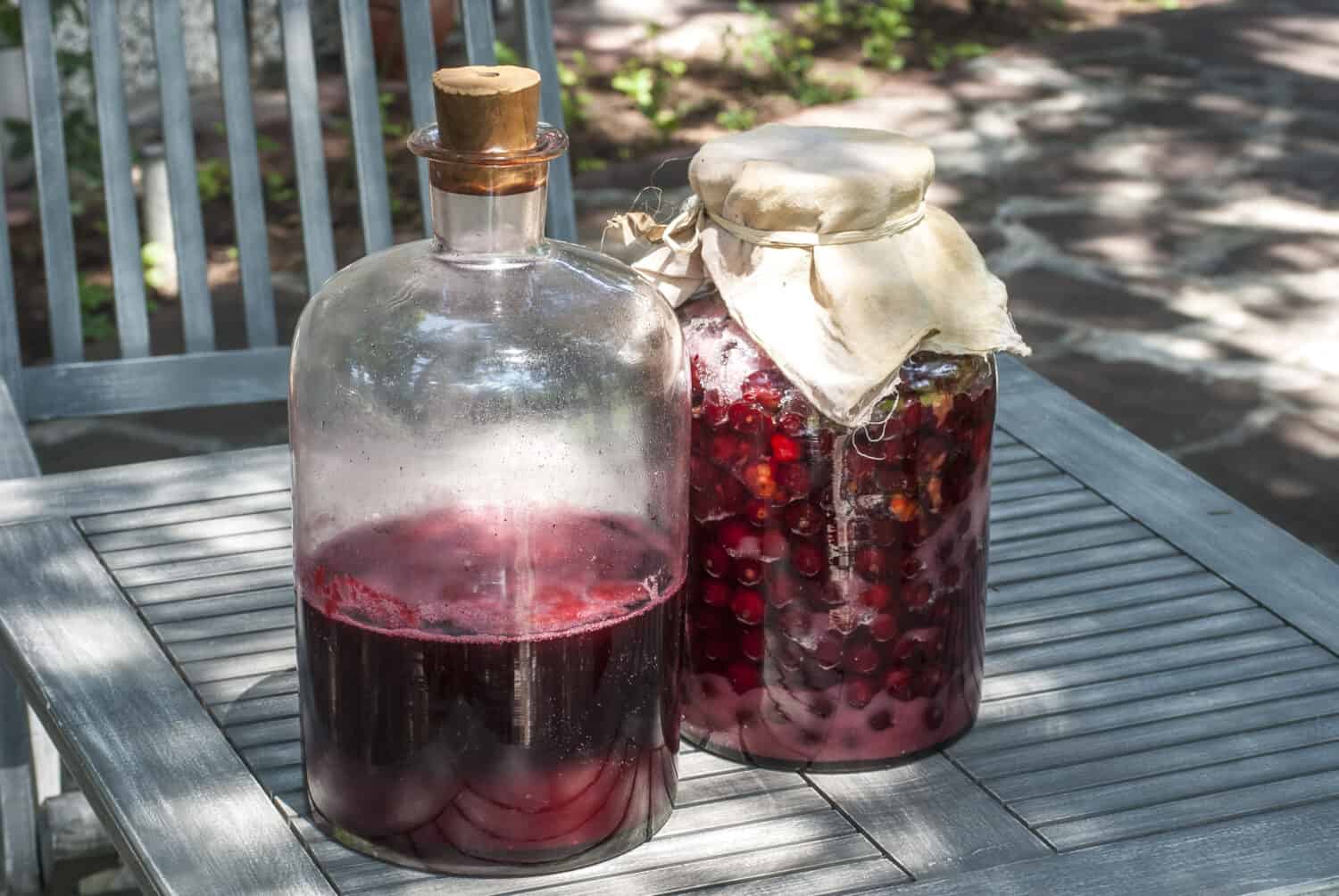
Making cherry liqueur.
The craft distilling movement (also referred to as microdistilling) in America has taken off in the past decade. In 2010, there were 204 craft distillers — artisans making small batches of spirits, often using regional ingredients — around the country. As of 2022, there were 2,687. Many of these small-scale producers have focused on whiskey (along with gin and vodka, which bring in the cash earlier, since they don’t require aging), but now some of them are turning towards liqueurs. Basically spirits with sugar added, liqueurs are essential to a vast range of cocktails and are also sipped by themselves as a digestif.
Exotic infused spirits

Kochi yuzu, a popular Japanese citrus fruit.
Consumers have long since gotten used to vodka and other spirits infused with various citrus fruits, raspberries, chiles, and other produce, but a new trend is substituting less common alternatives as yuzu (a popular citrus variety from Japan), guava, gooseberry, cactus pear, or ube (purple yam), vastly expanding the flavor possibilities.
Alternative grain whiskeys
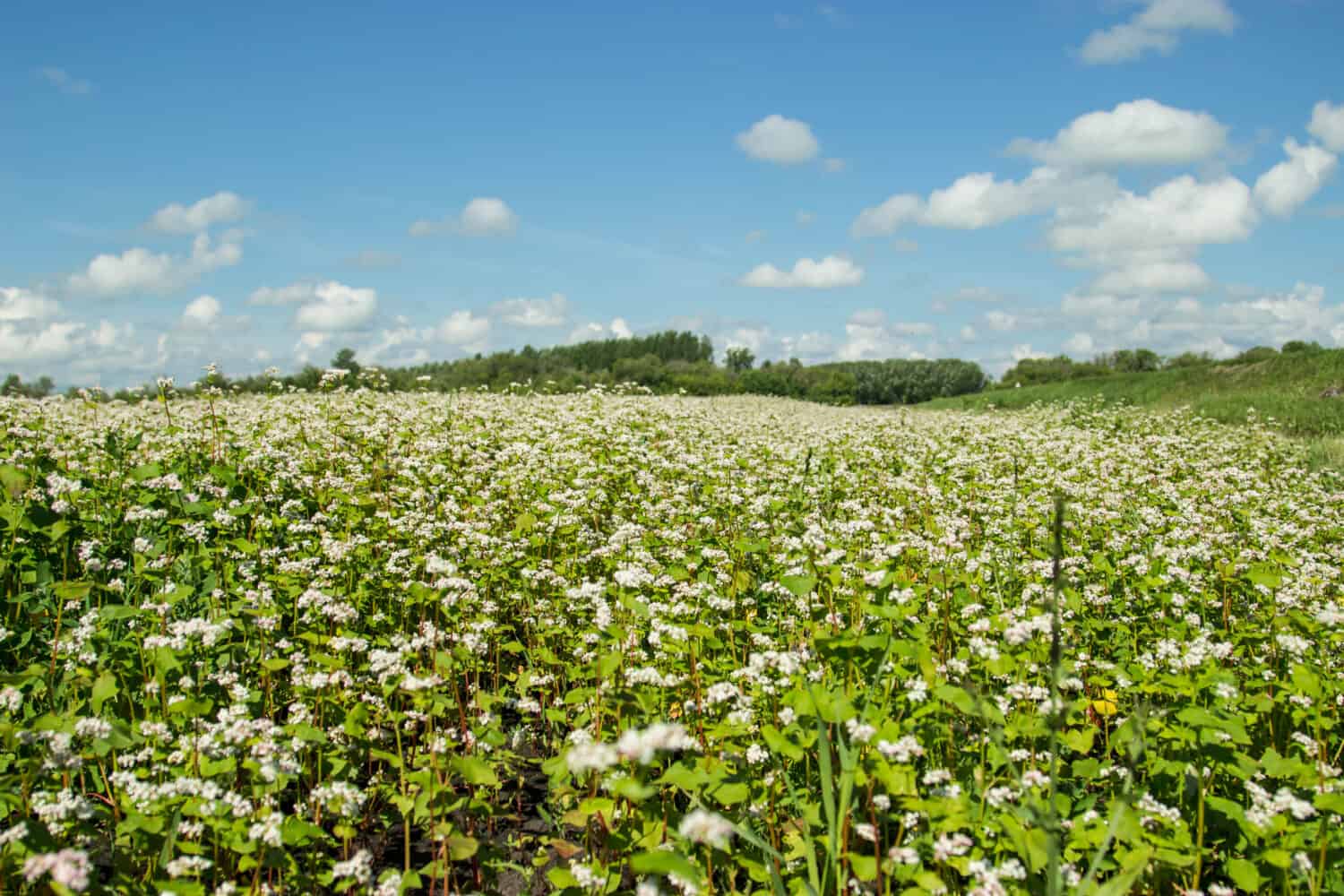
A field of buckwheat in bloom.
Theoretically, whiskey can be made from almost any kind of grain. Wheat, rye, and corn are commonly used in the U.S. — by law, to be labeled “Bourbon,” a whiskey must start with a mash that’s at least 51% corn — while barley is the favored grain in Scotland and Ireland. It’s perfectly possible to make whiskey, however, out of spelt, buckwheat, brown rice, Ethiopia’s teff, amaranth, even quinoa (which is technically a seed, but usually classified as a grain). And why not? Someone is surely already trying these alternatives.
Vermouth renaissance
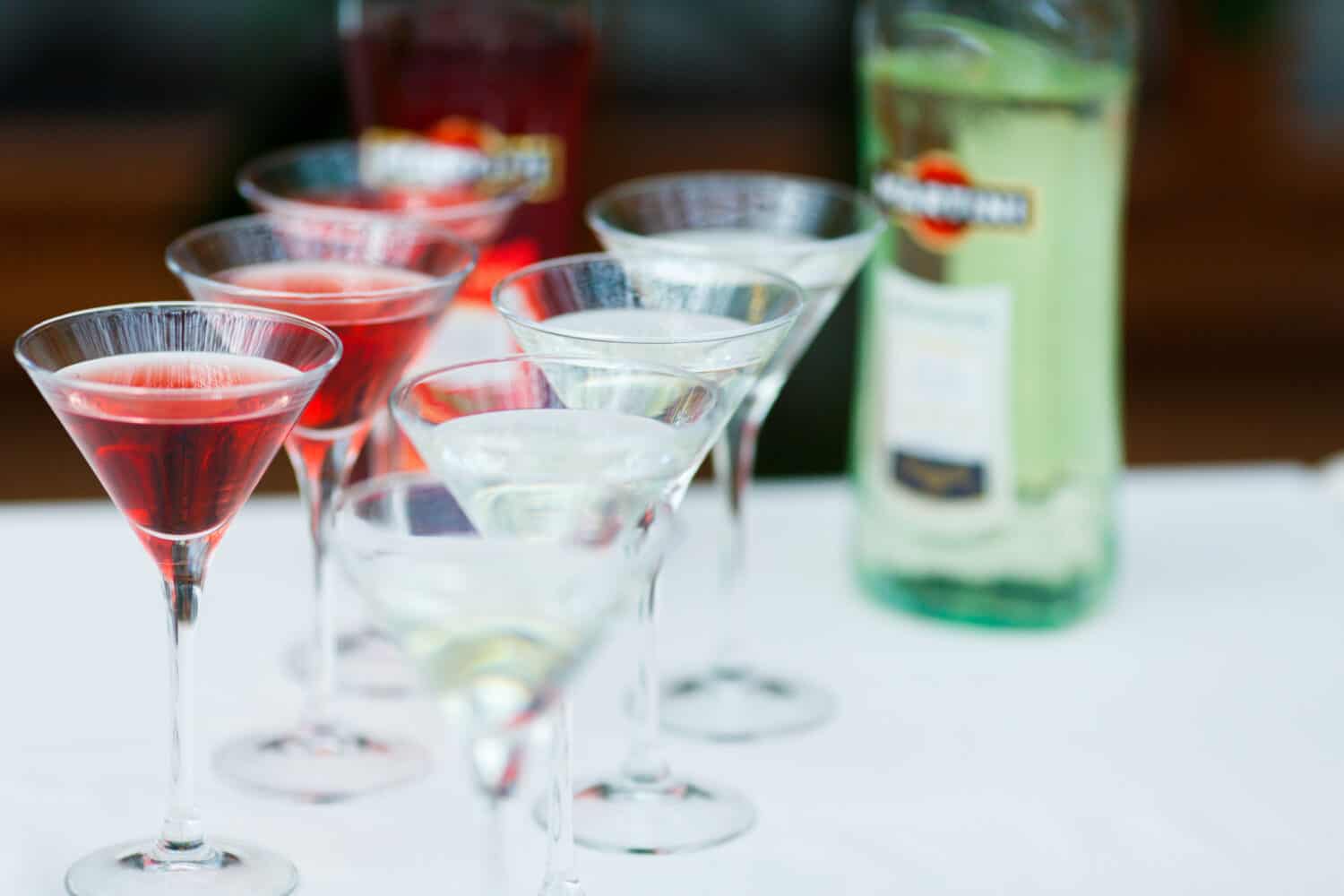
White and red Martini vermouth.
Vermouth — fortified wine (see below) flavored with various recipes of herbs, spices, and other botanicals, invented in Turin, Italy, in the late 1700s — is essential to many classic cocktails, of course (for instance, sweet red vermouth for Negronis, dry white vermouth for Martinis). But it was originally sipped straight as an aperitivo in Italy, and has lately become popular in that form in Spain. (Catalans love it so much that the phrase “fer un vermut” — to do, or drink, a vermouth — is a common way of saying “Let’s go have a cocktail.”) While the big companies rule the market, there is more and more artisanal vermouth, and mixologists are finding creative uses for it.
Orange wines
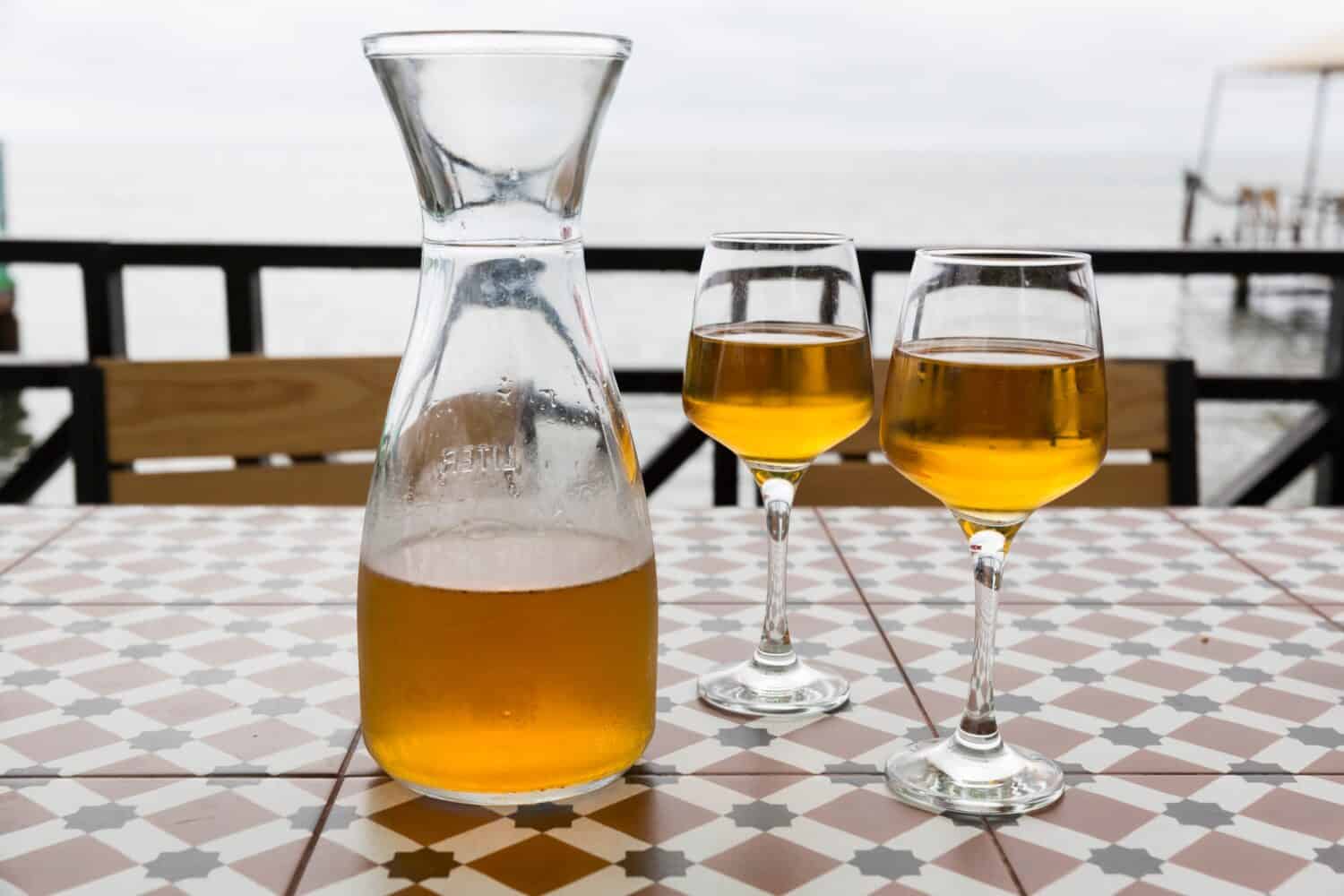
Orange wine from Tbilisi, Georgia.
No citrus fruit is harmed in the production of this ultra-trendy style of wine. Orange wine is named for its color, which may range from orange to reddish-pink. In conventional white wine, the grape skins — which contain color compounds and tannins — are removed before fermentation, so the wine stays white. With orange wine, the grape juice is fermented with the skins, which transfer their character to the wine. Orange wine has been made since ancient times in Georgia, in Central Asia, and has appeared more recently in Italy and Eastern Europe. These days, it’s produced almost everywhere, and it’s hard to find a modern wine list without at least a bottle or two. “People who gravitated towards rosé are now looking for something with a bit more texture and unique flavor,” Ian Lakey, beverage director at Sushi Note and Sushi Note Omakase in Beverly Hills, told the wine and spirits trade publication The Drinks Business.
Fortified wines

Sherry barrels in Jerez de la Frontera, Spain.
Fortified wine is wine to which distilled spirits, usually brandy, have been added. The practice developed as a way to preserve table wine, and soon developed into a style appreciated in itself. The most famous fortified wines are Port, Sherry, and Madeira, though there are numerous others throughout the wine world. The team at Southern Glazer’s expects such wines to “gain prominence in cocktails and beverage menus this year.”
Sauvignon Blanc
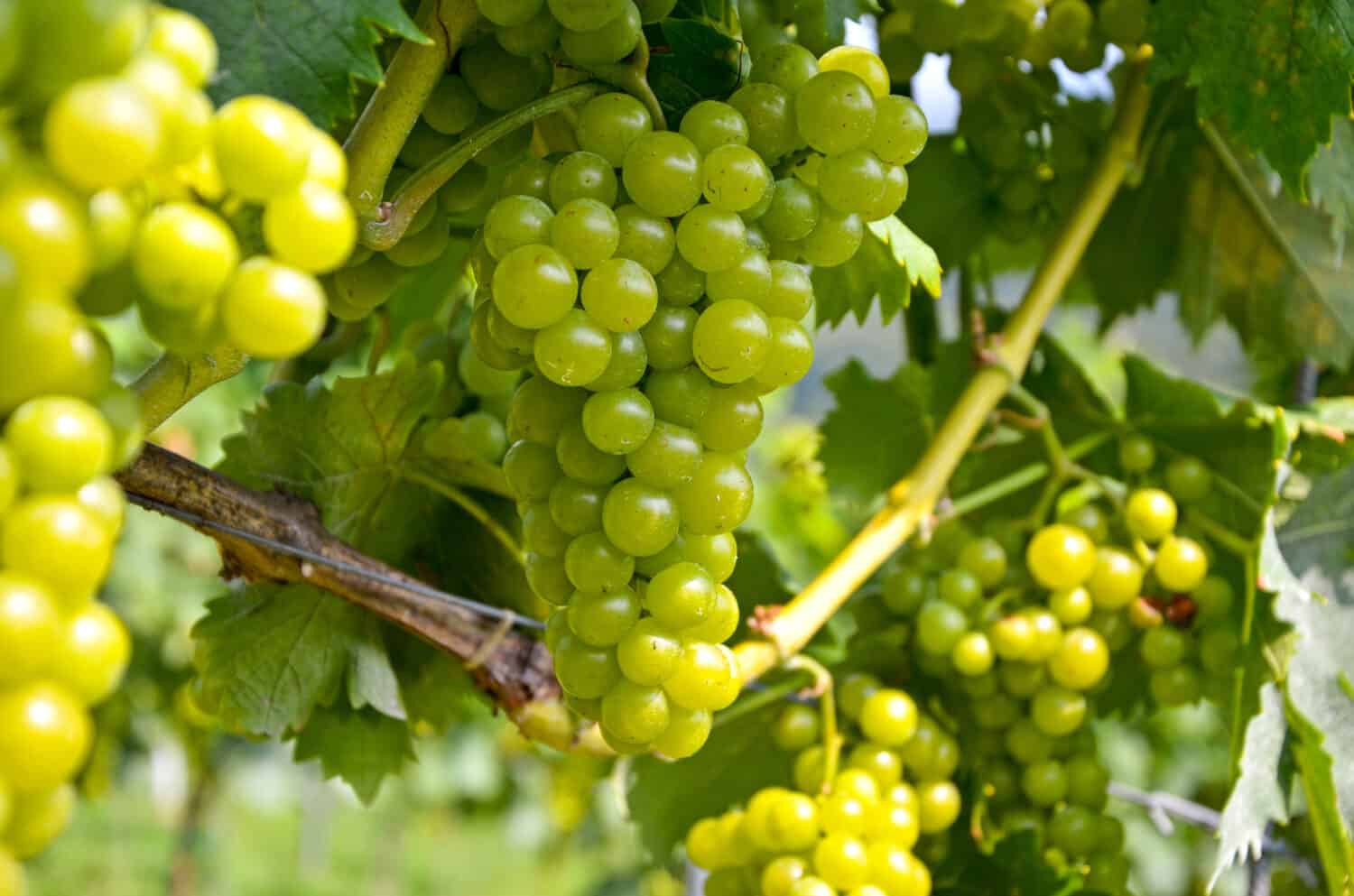
Ripe Sauvignon Blanc grapes.
This now-ubiquitous white wine — which became particularly popular earlier this century with the “ABC” or “Anything But Chardonnay” group — is rarely heavily oaked or overly alcoholic, and so is a good food wine (though it can have an intense vegetable or even urine-like smell that puts off some wine-drinkers). Inexpensive examples, especially from Chile and New Zealand, flood the marketplace, while there are pricier and more serious Sauvignon Blanc-based wines from France, Italy, Germany and Austria, and California. Southern Glazer’s finds that Sauvignon Blanc “has enough complexity for wine lovers while also appealing to the palate of younger wine drinkers too.”
Premium sparkling reds
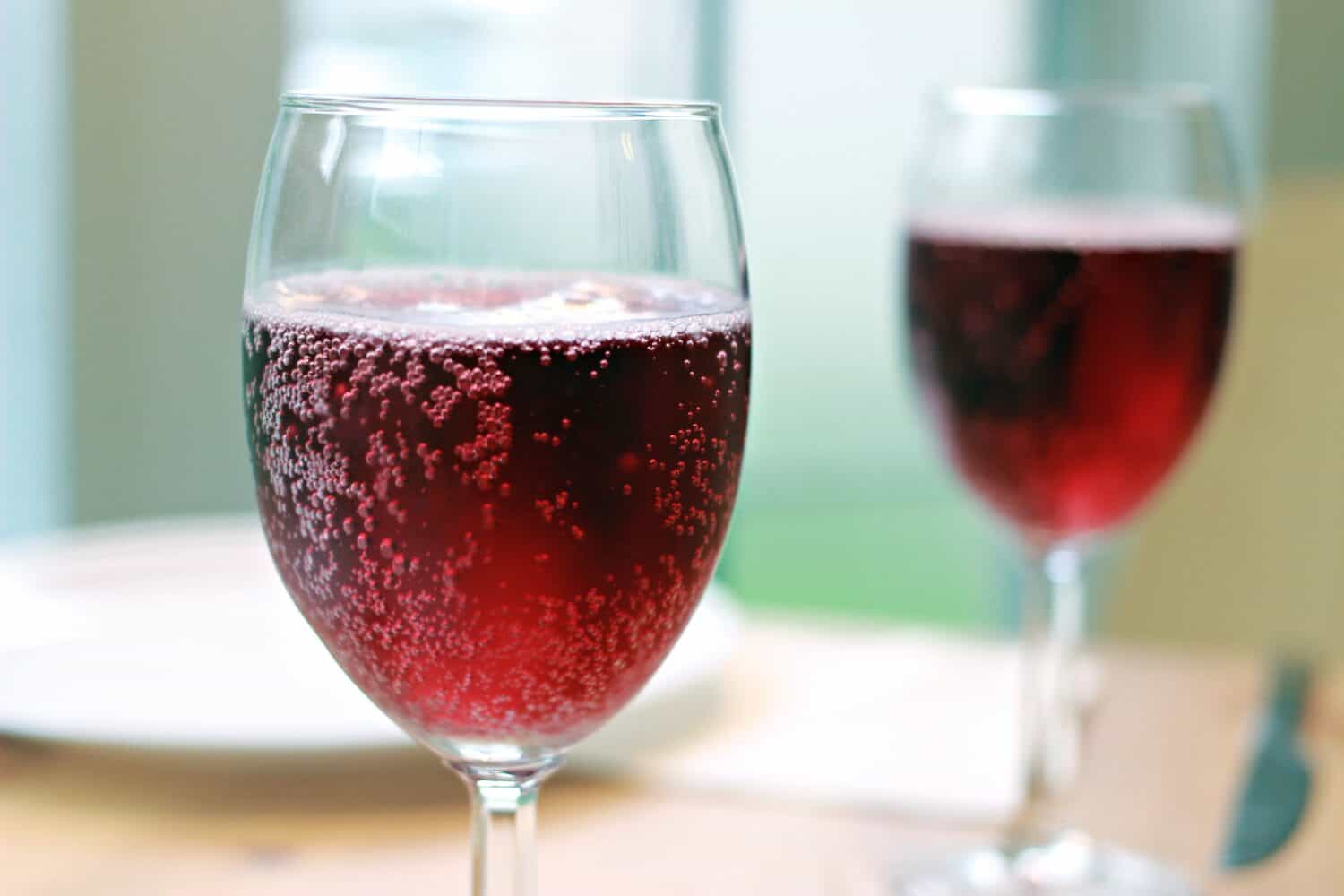
Glasses of Lambrusco.
We’re used to sparkling wines being white or rosé, but there’s a long tradition of sparkling or very lightly carbonated wines (the latter called “pétillant” in France, “frizzante” in Italy) that are brilliant red. One good example is Lambrusco — not the cheap soda-pop-like stuff that was the No. 1 imported wine in this country from 1976 to 2000, but more finely crafted small-production examples. Hailing mostly from Italy’s Emilia-Romagna region, it is considered the perfect match for the area’s famed prosciutto di Parma, mortadella, and other cured meats. Another good example, darker and richer, is the sparkling Shiraz of Australia. Wherever they’re from, these wines offer, as Southern Glazer’s puts it, “a unique twist on traditional sparkling wine.”
Hybrid varietals

Vines laden with Seyval Blanc grapes, one of the key white hybrid varietals.
Hybrid grapes are crosses between different members of the genus Vitis. All the common wine grapes we know and love (Sauvignon Blanc, Chardonnay, Cabernet Sauvignon, Pinot Noir, etc.) are Vitis vinifera. Hybrids cross vinifera with grapes classified as Vitis riparia, Vitis rupestris, and other indigenous American species. Hybrids were developed in response to problems posed by vine disease, climate, and other factors, and grown mostly in the Northeast and Canada. While these grapes are being phased out as modern viticultural practices make it easier to grow vinifera in those places, varieties like Vidal Blanc, Seyval Blanc, Ravat Vignoles, and Baco Noir have their own unique character — “offering new flavor profiles will potentially gain traction, pushing the boundaries of traditional winemaking,” according to Southern Glazer’s.
